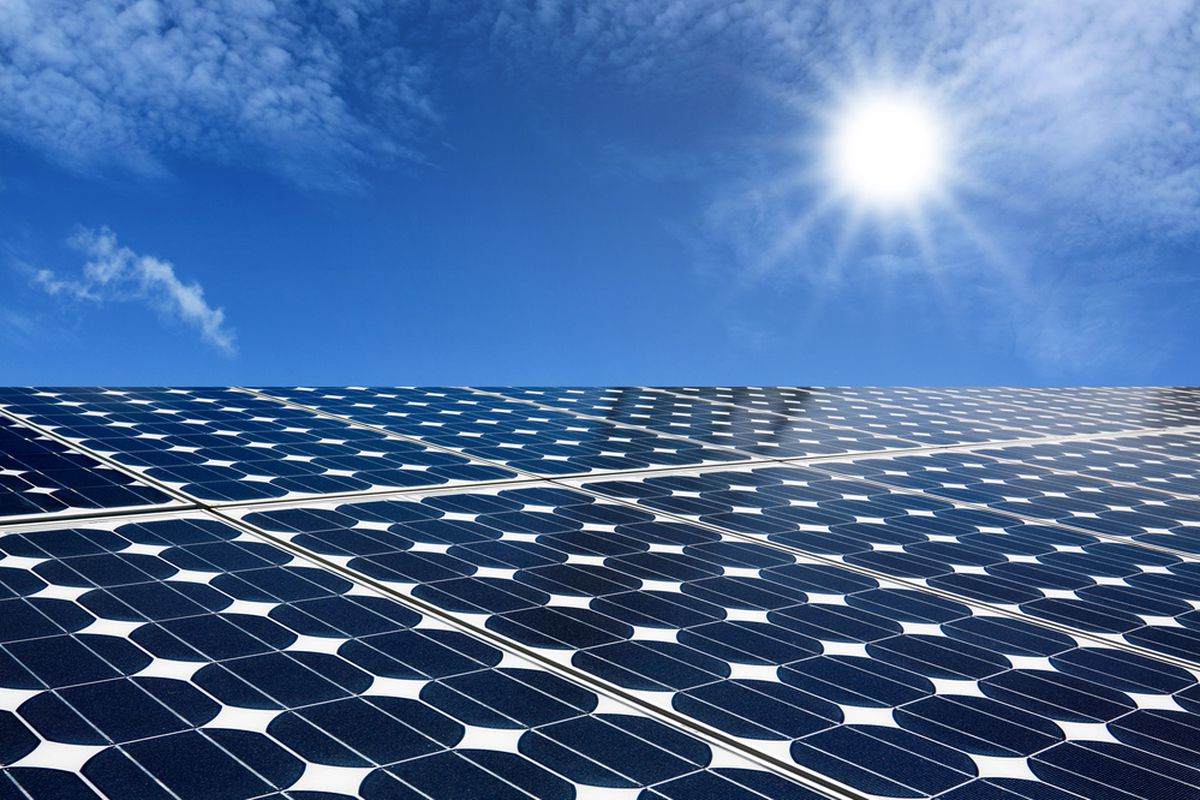The United States has made a giant step forward in the use of solar power, which is one of the most convenient forms of renewable energy, followed by hydroelectric and wind power. The three energy methods are going to be increasing their use in the coming years, but solar energy might be taking at least half of these uses by 2050.
One of the issues with solar power is that it can only collect power when enough sunlight is being received for the panels. Scientists noted this limitation and have made research related to space-based solar power energy. To carry out this project, members of the Space Solar Power Project (SSPP) at Caltech have conducted a power transfer process using the Microwave Array for Power-transfer Low-orbit Experiment (MAPLE).
MAPLE is a platform made up of flexible microwave transmitters that were created to collect solar energy wirelessly and give it to different stations around the world. This technology was developed by the Caltech team with the lead of Bren Professor of Electrical Engineering and Medical Engineering, Ali Hajimiri. He is also he co-director of the SSPP. About the recent development, Hajimiri said:
Through the experiments we have run so far, we received confirmation that MAPLE can transmit power successfully to receivers in space. We have also been able to program the array to direct its energy toward Earth, which we detected here at Caltech. We had, of course, tested it on Earth, but now we know that it can survive the trip to space and operate there.
This project looks to collect eight times more power than solar panels that are commonly used on the Earth. When the project is finally completed, the researchers hope to utilize a modular spacecraft that will get solar power from outer space, transform it into electricity and convert it to microwaves that can utilize the energy wirelessly around the world.

